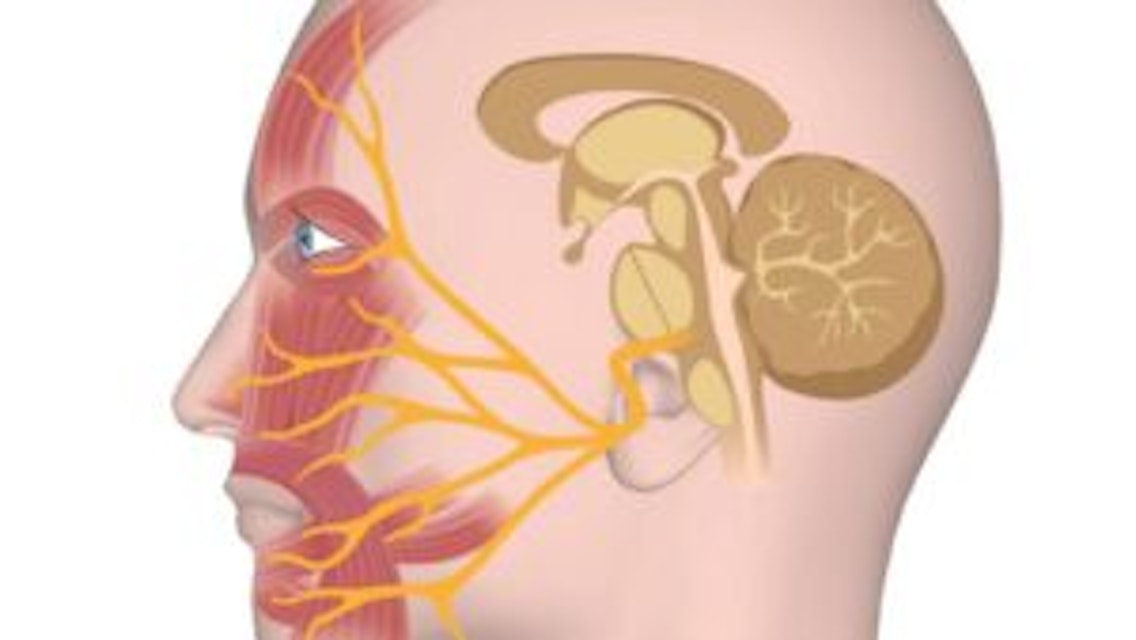The olfactory nerves, also known as cranial nerve I, are a critical component of the human sensory system. These nerves play an essential role in the sense of smell, which is not only crucial for detecting odors but also contributes significantly to taste and the overall sensory experience. This article delves into the structure, function, and significance of the olfactory nerves, as well as their clinical implications.
Anatomy of the Olfactory Nerves
Contents [hide]

The olfactory nerves originate in the nasal cavity, specifically in the olfactory epithelium located at the roof of the nasal cavity. This epithelium contains specialized sensory neurons called olfactory receptor neurons. These neurons are responsible for detecting odor molecules in the air.
Olfactory receptor neurons have cilia, small hair-like projections, that extend into the nasal cavity. These cilia are covered with olfactory receptors that bind to specific odor molecules. Once these molecules are detected, the neurons transmit signals through the olfactory nerves to the brain, allowing the perception of smell.
The olfactory nerves pass through the cribriform plate of the ethmoid bone, a sieve-like structure that separates the nasal cavity from the brain. They then connect to the olfactory bulb, a structure located in the forebrain. From the olfactory bulb, signals are transmitted to various brain regions, including the piriform cortex, amygdala, and hippocampus, which are involved in odor identification, emotional response, and memory.
Function of the Olfactory Nerves
The primary function of the olfactory nerves is to relay sensory information about odors to the brain. This process involves several key steps:
- Odor Detection: The olfactory receptors on the cilia bind to odor molecules, triggering a chemical reaction that generates an electrical signal.
- Signal Transmission: This signal is transmitted through the olfactory nerves to the olfactory bulb.
- Signal Processing: The olfactory bulb processes and refines the signal before sending it to other brain regions.
- Odor Perception: In the brain, the signal is interpreted, allowing the identification of specific smells and their association with memories or emotions.
The olfactory system is unique because it has a direct connection to the brain, bypassing the thalamus, which acts as a relay station for most other sensory signals. This direct connection enables rapid and strong emotional and memory-related responses to odors.
The Role of Olfactory Nerves in Taste
 The sense of smell is closely linked to taste. While the tongue detects basic tastes like sweet, sour, salty, and bitter, the olfactory nerves contribute to the perception of flavor, which is a combination of taste and smell. This is why food often seems tasteless when a person has a blocked nose due to a cold or sinus infection.
The sense of smell is closely linked to taste. While the tongue detects basic tastes like sweet, sour, salty, and bitter, the olfactory nerves contribute to the perception of flavor, which is a combination of taste and smell. This is why food often seems tasteless when a person has a blocked nose due to a cold or sinus infection.
Clinical Importance of the Olfactory Nerves
Olfactory nerve function is essential for maintaining quality of life, as it affects not only the enjoyment of food and drink but also safety. For instance, the ability to detect smoke, gas leaks, or spoiled food depends on a functioning sense of smell.
Several conditions can affect the olfactory nerves, leading to a partial or complete loss of smell, known as anosmia. Some of these conditions include:
- Infections: Viral infections like the common cold or COVID-19 can damage the olfactory epithelium or nerves, leading to temporary or permanent anosmia.
- Head Trauma: Injuries to the head can damage the cribriform plate or olfactory bulb, disrupting the olfactory pathway.
- Neurodegenerative Diseases: Conditions like Alzheimer’s and Parkinson’s disease often involve a decline in the sense of smell as an early symptom.
- Congenital Disorders: Some individuals are born with conditions like Kallmann syndrome, which affects the development of the olfactory nerves.
Diagnosis of Olfactory Nerve Disorders
Diagnosing olfactory nerve disorders involves a combination of medical history, physical examination, and specialized tests. These tests may include:
- Olfactory Testing: Patients are asked to identify various odors to assess their sense of smell.
- Imaging Studies: MRI or CT scans can detect structural abnormalities in the olfactory pathway.
- Electrophysiological Tests: These tests measure the electrical activity of the olfactory nerves in response to stimuli.
Treatment and Management

Treatment for olfactory nerve disorders depends on the underlying indrabet cause. Some common approaches include:
- Medications: Anti-inflammatory drugs, antihistamines, or antiviral medications may be used to treat infections or allergies affecting the olfactory nerves.
- Surgery: In cases of structural damage, such as fractures of the cribriform plate, surgical intervention may be necessary.
- Rehabilitation: Olfactory training, which involves exposure to various odors, can help some patients regain their sense of smell.
Research and Future Directions
Ongoing research into the olfactory system aims to uncover new ways to diagnose and treat olfactory nerve disorders. Advances in stem cell therapy and neuroregeneration hold promise for restoring olfactory function in patients with severe damage.
Additionally, researchers are exploring the use of olfactory testing as an early diagnostic tool for neurodegenerative diseases. Since olfactory dysfunction often precedes other symptoms, it may serve as a valuable biomarker for conditions like Alzheimer’s and Parkinson’s disease.
Maintaining Olfactory Health
To maintain a healthy sense of smell, it is important to avoid exposure to harmful substances like tobacco smoke, pollutants, and strong chemicals. Regular medical check-ups and prompt treatment of sinus infections or allergies can also help protect the olfactory nerves.
Conclusion
The olfactory nerves are a vital part of the human sensory system, enabling the detection and perception of odors. Their role extends beyond smell, contributing to taste and emotional experiences. Understanding the anatomy and function of these nerves is essential for diagnosing and treating conditions that affect the sense of smell. As research continues, new insights and treatments will further enhance our understanding of this fascinating aspect of human biology.





